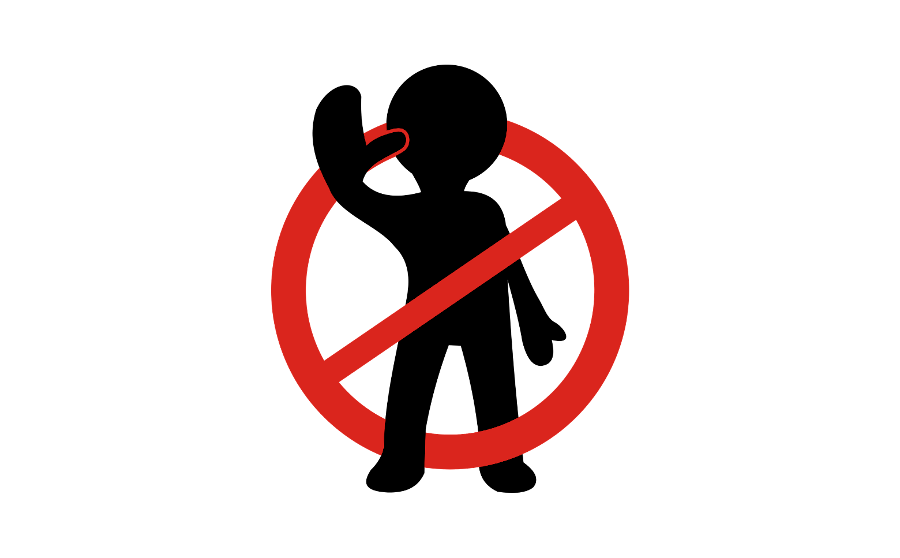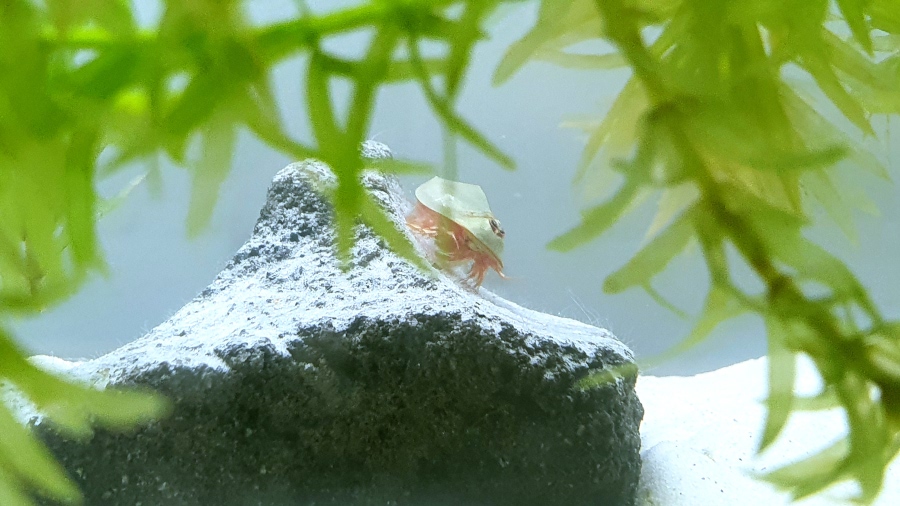Guide
Why are my Triops dying?: Avoid these 5 mistakes at all costs
You really put a lot of effort into breeding your first Triops and carefully followed all the tips: the water quality, the temperature and the light are all right in your breeding tank. You also added the sea almond leaves. And yet one morning you are shocked to discover that all the Triops have died. Apparently they are lying on the bottom for no reason at all and are not moving. Why are my Triops dying? Is there a disease? You will ask yourself in horror. After all, you seem to have done everything right. Maybe it has even happened to you several times that the primeval crabs die and your motivation for breeding is in the cellar. Why are my Triopse dying and what can I do about it? In this article you will learn the most common reasons why your primeval crayfish die and how to avoid the most common beginner’s mistakes.

Why are my Triops dying?: Robust and at the same time sensitive creatures
Triops are on the one hand very robust animals, they have already survived a space flight. After all, they have managed to survive for more than 220 million years, making them the oldest known and living animal species. The fact that prehistoric crabs survived the dinosaurs naturally speaks for the robustness of these tiny creatures. On the other hand, Triops are very sensitive animals and have to maintain their internal body pressure. Even the smallest injuries and bruises can lead to death. With the following tips, you will learn the most common reasons why your Triops die and how you can counteract an unexpected death by keeping them correctly.
Why are my Triops dying?: 1. Injuries
Bruises caused by injuries and bruises are sometimes the most frequent cause of death in primeval crustaceans. With us humans, this is not a problem, after one to two weeks the bruise is over. But the Triops have an open blood circulation and even the smallest bruises cause a high blood loss. The blood can also escape and this is unfortunately a tragic death sentence for the animals. Unfortunately, many bruises cannot be seen from the outside and some breeders ask themselves in shock: Why are my Triops dying? Unfortunately, as a breeder, there is nothing more you can do for the animals after an injury and you have to realise that the Triops have died.
What you can and should do, however, is prevent death traps for the primeval crabs. Stones and decorative objects in the aquarium should sit firmly on the bottom and never stand on the sand, so that the Triops can burrow through the sand under the stones and get squashed by it. Both stones and filters are a common cause of death, especially external filters with a high suction power. It is advisable to use a filter sponge in front of the filter inlet for this purpose.
2. Skinning problems
Another cause of death for Triops is problems with moulting. The Triops’ outer shell, which contains quinine, simply does not grow with the animals, so the old shell is shed. However, there are often two problems with moulting. The first problem is a low protein diet. It happens that Triops do not manage to get out of the shell and die afterwards. Therefore, you should provide the Triops with a balanced and protein-rich diet already in the nauplius stage, so that you do not have to find out that the Triops have died.
The second problem is that the water is too hard. Tap water, in particular, can be hard in some cities and cause moulting problems for your primeval crayfish.
3. Water values
If you as a breeder do not pay attention to the water values and water quality, your Triops will die very quickly. You should add some fresh water every few days and do a big water change in the aquarium every 14 days. This involves changing a good third of the water. You should not change too much water, as this can quickly lead to an imbalance in the aquarium. If the values change abruptly, this can have serious consequences for the Triops. You can use water from the river, a stream, lake or rainwater. You can also use distilled water or non-carbonated water from the supermarket. On the other hand, you should either not use tap water at all or only if you are sure that it is not too hard. Regular cleaning of the aquarium is also essential for optimal water values.
→ More information on the topic of water can be found in the main article: What is the best water for Triops?
4. Light and warmth
Why do my Triops die? One of the common reasons for the death of your Triops is a wrong and not constant water temperature. If it is too cold or too warm, the primeval crabs will die. For species like Triops longicaudatus, a water temperature between 24 and 28°C is recommended, other species like Triops Australiensis need temperatures between 27 and 31°C. In winter, you should definitely use a heating rod in the aquarium to achieve the optimal water temperature.
In the table you can see what temperature is required for the most common species.
| Triops Cancriformis | 20 – 24 °C |
| Triops Longicaudatus | 23 – 26 °C |
| Triops Longicaudatus Red | 23 – 26 °C |
| Triops Beni kabuto ebi Albino | 22 – 25 °C |
| Triops Granarius | 24 – 26 °C |
| Triops Newberryi | 27 – 31 °C |
| Triops Australiensis | 27 – 31 °C |

Good lighting conditions are just as important for the survival of your Triops as warmth in the aquarium. After all, the prehistoric crustaceans find adapted light conditions in their natural habitat. If the light in the aquarium is weak or non-existent, the Triops will not hatch at all. All Triops species need at least 12 hours of bright light a day, so it is best to use an LED lamp.
5. Incorrect feeding
Would you want to eat the same thing every day? Probably not. Therefore you should feed your Triops a varied diet. The Triops nauplii (larvae) are still tiny after hatching and have no teeth. They feed on the finest plankton, which they filter out of the water. If you only use distilled water, this will result in too few microorganisms in the water during the first days of life and the Triops will die. For this reason, you should use river, lake or rain water, as this contains millions of tiny organisms and is nutritious for the Triops.
On the other hand, you must not overfeed the Triops. Overfeeding is one of the most common causes of death besides starvation. When there is excess food, it often remains on the bottom, decomposes and releases many harmful substances. Afterwards, unfortunately, you will only be able to tell that the Triops have died. Inexperienced Triops breeders tend to feed too much for fear that the Triops might starve to death. However, this fear is unfounded. Triops can easily survive a short diet, but overfeeding is detrimental to them and the ecosystem. The ancient crayfish can easily survive a short diet, but overfeeding harms them and the ecosystem.
→ More information on feeding can be found in the main article: Feeding Triops.
Beware of other aquarium inhabitants
Unfortunately, it sometimes happens that the Triops are attacked and eaten by other aquarium inhabitants. In the following video I show you how my Triops was attacked by snails and died. For this reason, Triops should not be kept in the aquarium with any species of fish or too many snails. A few snails are fine, but if there are too many, they become a danger to your Triops.
→ More information on socialising Triops can be found in the main article: These mates can be kept in the Triops tank.
Why are my Triops dying? – Conclusion
After you have all the necessary information about the reasons for the death of your Triops, you have an optimal guide to minimise the death rate of your primeval crayfish. The tips described here are well-founded and have been practically tested by a large number of breeders, but they are no guarantee that your primeval crayfish will not die. It is often the case that weaker animals do not survive in the nauplius stage and no strong animals develop. It can therefore happen that an entire breeding batch unfortunately dies.
Don’t be discouraged by this and see it as a protective mechanism of nature – it wants only the strong specimens to survive.